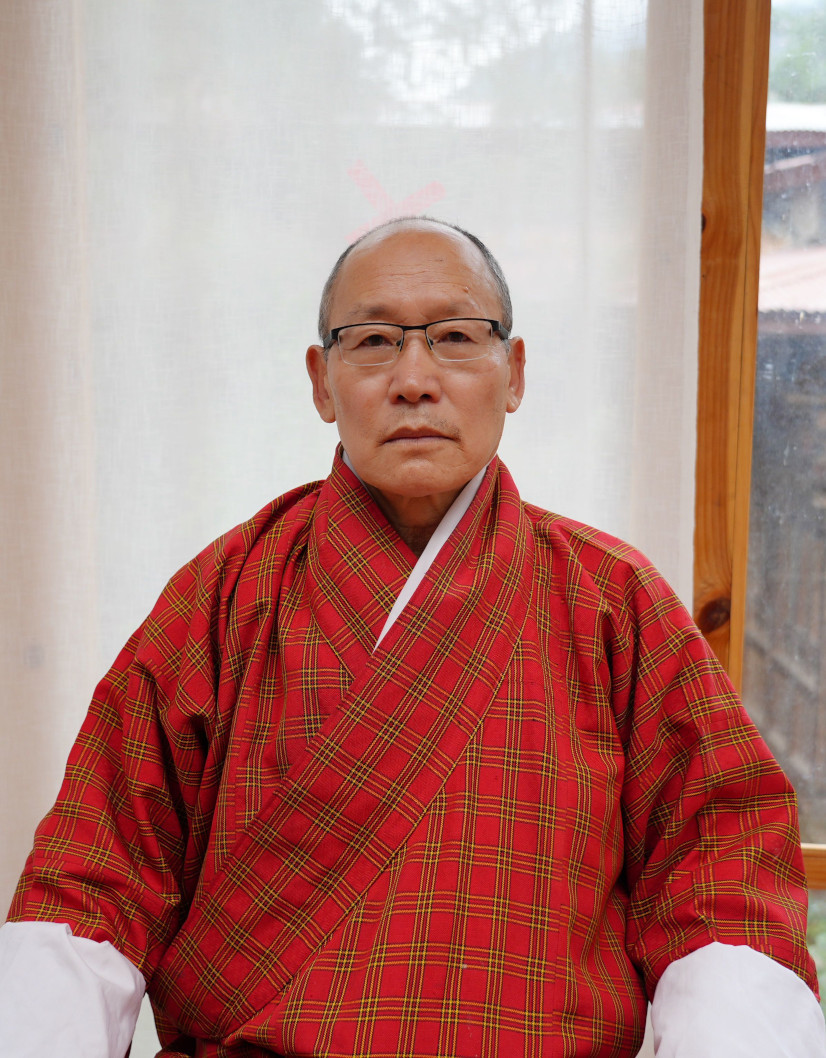Download PDF

But I have never been blessed with an opportunity to immerse myself in drawing and painting for any continuous period. In this blessed five-month fellowship, I want to use drawings as a means of exploring the conditions of happiness and well-being and their manifestations as subjective experiences. Such visual representations might be better at triggering public discourse on happiness than texts and graphs that appeal more to literate audiences. Drawings and paintings bring the whole and the parts together and create sensory and cognitive experience much faster for a broader audience.
I would like to depict in about 10 drawings the multifaceted conditions of happiness that emerge from (1) mental health and emotions; (2) personal relationships and communitarianism; (3) the environment and aesthetic experiences of nature (for example, as elucidated by Humboldt and Goethe); (4) the relationship to time and the life cycle; (5) health and vitality; (6) the senses, knowledge, and education; (7) politics, rights and freedoms; (8) identity and culture; and (9) wealth, possessions, and living.
Recommended Reading
Ura, Karma. The Hero with a Thousand Eyes: A Historical Novel. Karma Ura, 1995.
Ura, Karma, Sabina Alkire, Tshoki Zangmo, and Karma Wangdi. An Extensive Analysis of GNH Index. Centre for Bhutan Studies, 2012.
Ura, Karma. The Unremembered Nation. 2 vols. Oxford University Press, 2023.

© private
2025/2026
Karma Ura, PhD
President
Centre for Bhutan and Gross National Happiness Studies, Thimphu
from February to June 2026
Born in 1961 in Bumthang, Bhutan
BA (Hons) in Philosophy, Politics, and Economics, Oxford University, MPhil in Economics, University of Edinburgh, PhD in International Development, Nagoya University
Project
Well-Being in Art
Through surveys and statistical analysis, I have explored the issues surrounding happiness and well-being. On an occasional basis, I have also been engaged in artistic creations of spiritual murals, paintings, and the design of secular objects and performances. I have endeavoured to integrate social science research and aesthetic pursuits for a balanced experience in my life.But I have never been blessed with an opportunity to immerse myself in drawing and painting for any continuous period. In this blessed five-month fellowship, I want to use drawings as a means of exploring the conditions of happiness and well-being and their manifestations as subjective experiences. Such visual representations might be better at triggering public discourse on happiness than texts and graphs that appeal more to literate audiences. Drawings and paintings bring the whole and the parts together and create sensory and cognitive experience much faster for a broader audience.
I would like to depict in about 10 drawings the multifaceted conditions of happiness that emerge from (1) mental health and emotions; (2) personal relationships and communitarianism; (3) the environment and aesthetic experiences of nature (for example, as elucidated by Humboldt and Goethe); (4) the relationship to time and the life cycle; (5) health and vitality; (6) the senses, knowledge, and education; (7) politics, rights and freedoms; (8) identity and culture; and (9) wealth, possessions, and living.
Recommended Reading
Ura, Karma. The Hero with a Thousand Eyes: A Historical Novel. Karma Ura, 1995.
Ura, Karma, Sabina Alkire, Tshoki Zangmo, and Karma Wangdi. An Extensive Analysis of GNH Index. Centre for Bhutan Studies, 2012.
Ura, Karma. The Unremembered Nation. 2 vols. Oxford University Press, 2023.